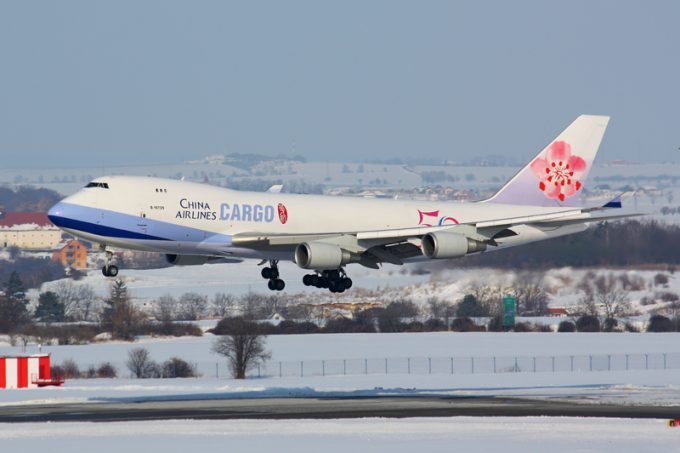New price hikes may slow ocean spot rate slide – but for how long?
Container spot freight rate indices showed some divergence this week, indicating that recent falls in ...

China Airlines Cargo is whittling down its 747 freighter fleet in favour of more modern aircraft with lower operating costs.
It currently has 16 747-400Fs, of which six are inactive. It recently sold one, according to Cargo Facts, but delays to its 777F orders, with four due to arrive by Q1 next year, means it may also delay the retirement of its 747F fleet. It currently operates six 777Fs.
Eddy Liu, senior vice president of cargo for China Airlines, told HACTL magazine ...
Trump tariffs see hundreds of cancelled container bookings a day from Asia
'Disastrous' DSV-Schenker merger would 'disrupt European haulage market'
'To ship or not to ship', the question for US importers amid tariff uncertainty
'Chaos after chaos' coming from de minimis changes and more tariffs
List of blanked transpac sailings grows as trade war heats up and demand cools
EC approves DSV takeover of DB Schenker
Shippers in Asia restart ocean shipment bookings – but not from China
Forto 'sharpens commercial priorities' as it lays off one-third of staff
India withdraws access for Bangladesh transhipments, in 'very harmful' decision
'Tariff hell' leaves industries in limbo – 'not a great environment to plan'
IndiGo fleet expansion plan will include a major push to boost cargo volumes
Pre-tariff rush of goods from US to China sees air rates soar, but not for long


Comment on this article